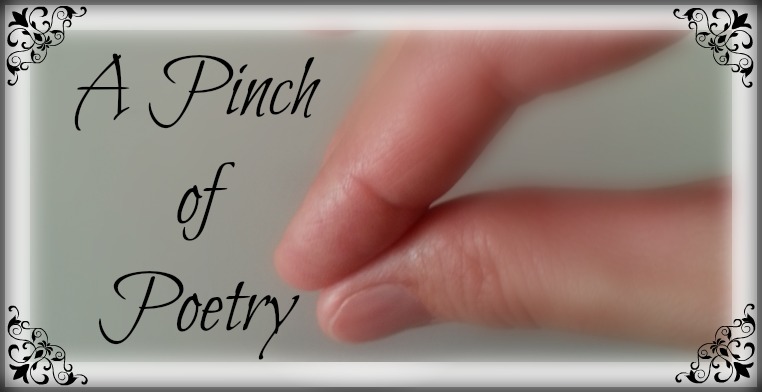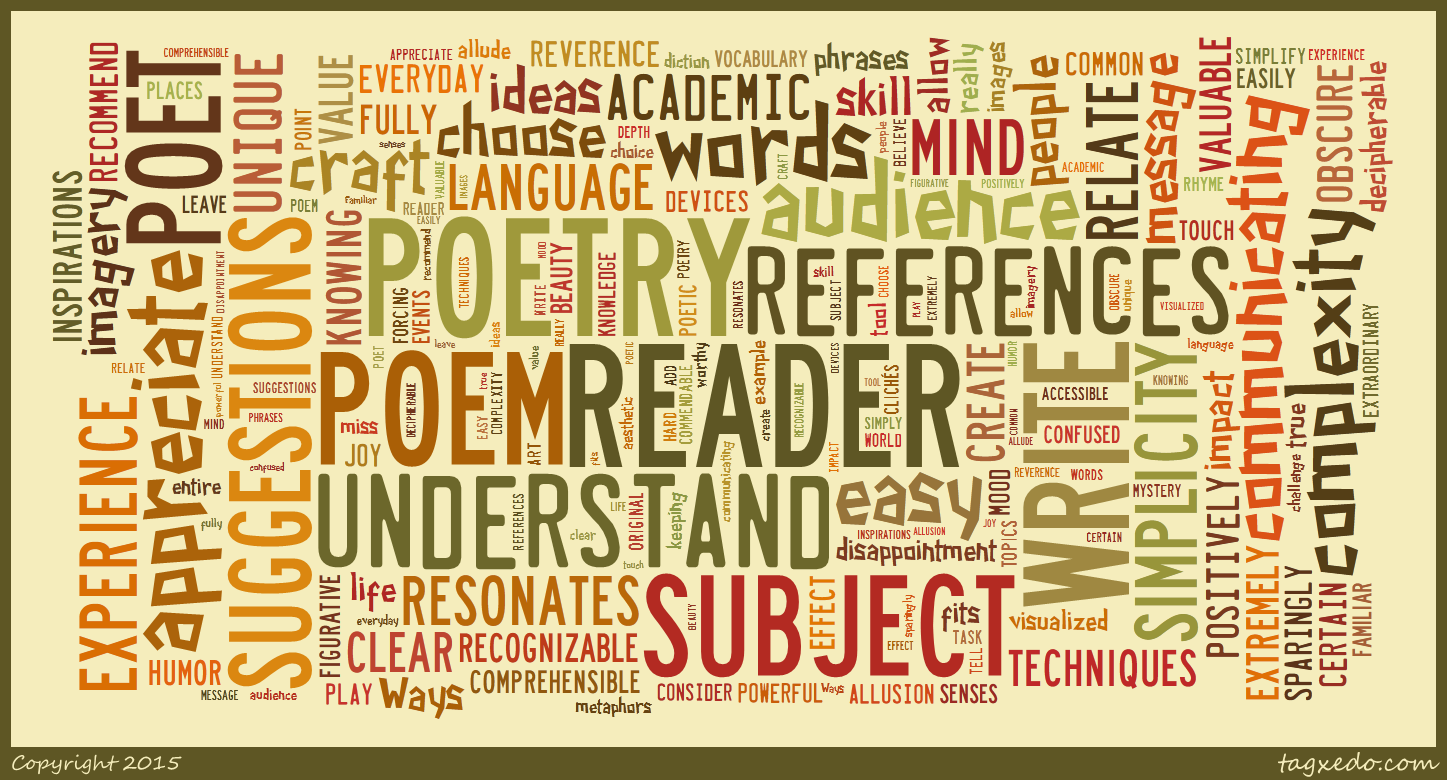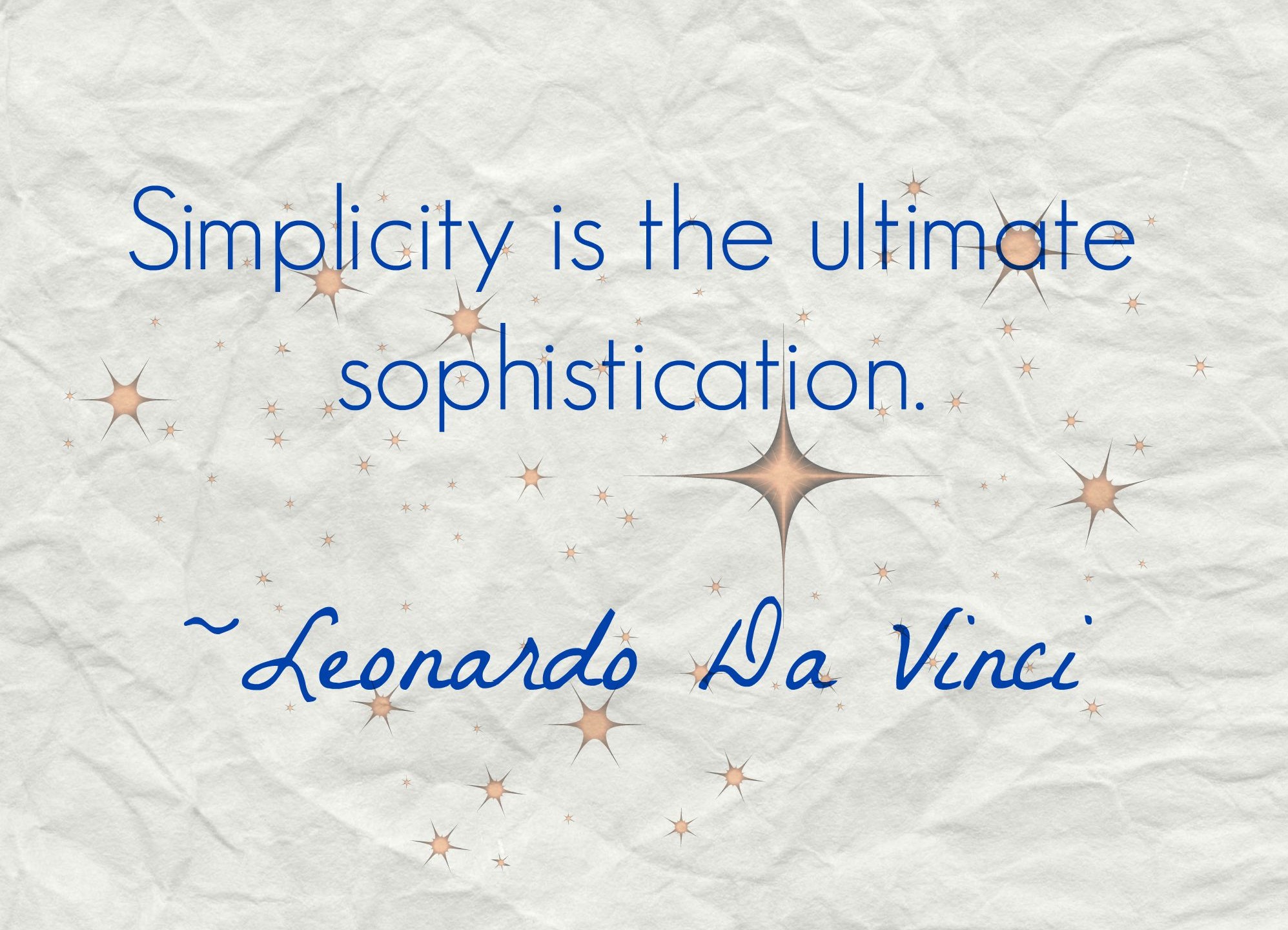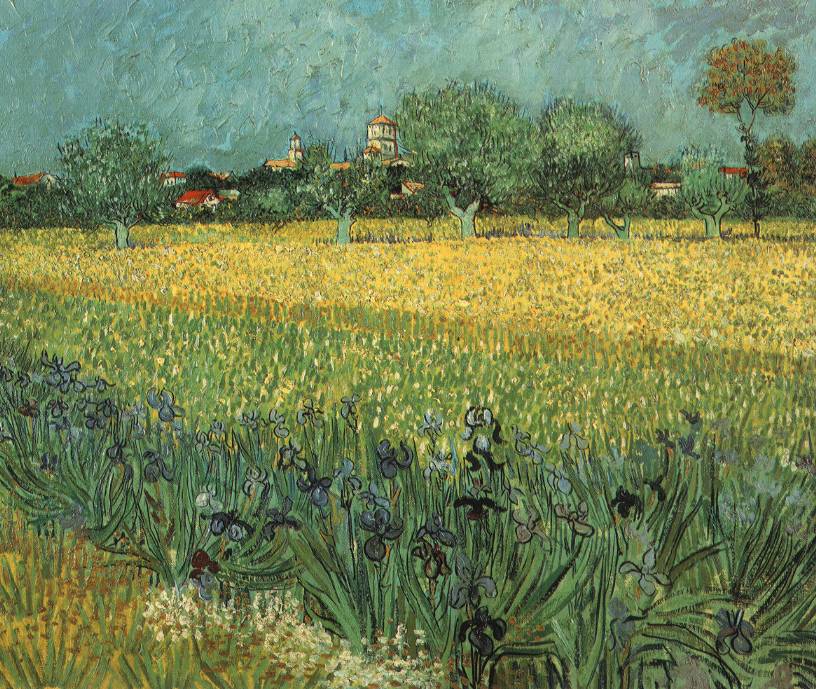
Tanka: Poetic Forms III
Today we are going to look at another short form of Japanese poetry known as tanka. The short form…
August 31, 2016
Today we are going to look at another short form of Japanese poetry known as tanka. The short form…
August 31, 2016
We’re going to explore a very short Japanese form of poetry known as haiku. This type of poem reflects a simpler…
July 15, 2016
Are you interested in trying to write poetry for the first time? Or maybe you’ve been writing poetry but…
June 5, 2016
How you create sound in your poetry will make it bloom or wilt. The whole purpose of a poem…
May 5, 2016
In honor of National Poetry Month (April), I thought we could take a few moments to explore writing a…
April 5, 2016
One unique attribute of poetry is the way it sounds. Using special techniques, such as alliteration, can bring your poems to life…
March 5, 2016
I fell in love with Langston Hughes’ poetry when only a teenager in high school. Still today, I enjoy…
February 5, 2016
Many people are discouraged from enjoying poetry because they claim it’s too difficult. Trust me. I’ve had those moments…
January 6, 2016
Since there is not a high demand for poetry in the publishing industry, one way to get your poems…
December 16, 2015
I don’t know about you, but once in awhile my poetry springs from the oddest of inspirations. Not too…
November 7, 2015
Simplicity is extremely valuable when it comes to communicating through poetry. I’ve always wanted my poems to positively impact…
October 18, 2015
One of my goals as a poet is to make poetry practical and less intimidating for writers while respecting…
September 6, 2015
Have you ever struggled with blank page disorder? I have. Most writers face this issue at one time or another. Sometimes…
August 15, 2015
Teachers of literature typically define poetry as anything other than prose. Even though this definition is true, it’s vague at…
July 18, 2015
In my opinion, poetry is the high art form of all writing. Crafting a meaningful poem can’t be done…
June 20, 2015